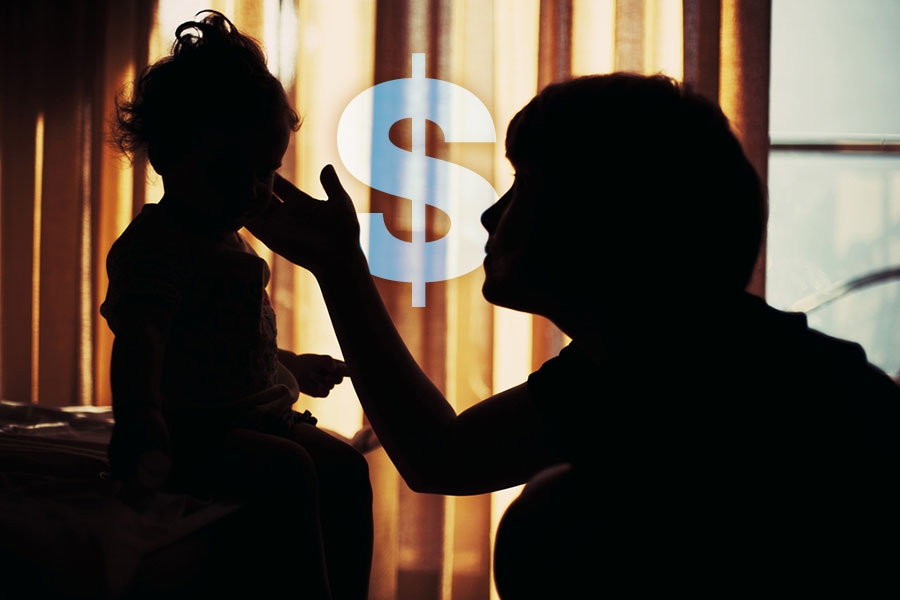A crowdfunding project targeting a rare pediatric disease highlights the democratization — and privatization — of medical research.
The 2010 movie Extraordinary Measures stars Brendan Fraser as a father who forms a biotechnology company to develop a drug to save the lives of his children, who have a life-threatening disease. The movie is based on a true story.
“The character is just a business guy,” says Charles Keller, scientific director of the Children’s Cancer Therapy Development Institute, a Portland biotech startup. “He creates a biotech business to find a drug that keeps his kids alive.” (Harrison Ford plays a scientist in the film, “a grumpy scientist,” Keller observes.)
A former associate professor at OHSU, Keller is connected to another, real life version of Extraordinary Measures. The story starts with two scientists at UCLA and Caltech, whose son was diagnosed with Bloom Syndrome, a rare genetic disorder (fewer than 300 cases have been reported) that poses an extraordinarily high risk of developing cancer early in life.
The family turned to Keller, who in turn partnered with Portland-based Consano, a nonprofit crowdfunding platform that connects donors with medical research that matters to them.
RELATED STORY: MOLLY LINDQUIST CROWDFUNDS CONSANO
In only a few weeks, Consano raised $27,000 to fund a “nanocourse” that will bring together researchers, physicians and families who have firsthand experience with Bloom Syndrome. The five day bootcamp will produce a peer-reviewed roadmap for Bloom Syndrome research and clinical care guidelines.
The crowdfunded project spotlights the funding and transparency innovations underway in the opaque and resource-strapped world of medical research.
“It’s a cultural revolution,” says Keller, referring to the idea that families can be involved with scientific discovery.
Molly Lindquist, CEO of Consano and herself a cancer survivor, echoes that assertion.
“In the status quo of scientific discovery, having some visibility and connection to the process is difficult to attain,” she says. “Consano brings transparency to the process.”
Consano has funded 40 projects since launching several years ago. The nonprofit vets proposals with a scientific advisory board to make sure they are feasible and have the potential to lead to improvements in patient care. Researchers are also required to keep donors updated on progress.
Other sites such as experiment.com also crowdfund medical research. But Consano is leading the pack says Keller, who partnered with Lindquist on Consano’s first project in 2013.
“For biomedical research, $10,000 to $20,000 is the maximum,” he says. “But Molly is Molly. She’s making a real impact.”
Keller founded the cancer therapy institute in 2015 to fill what he calls the preclinical gap in pediatric cancer research. As government funding for medical research declines, research institutions are focusing their efforts on big discoveries with the potential for a big pharma payoff. Rare childhood cancers don’t fit the bill.
RELATED STORY: PRIVATE SCIENCE: CAN WEALTHY DONORS RESCUE SCIENCE FROM DECLINING FEDERAL FUNDING?
As a result, many scientific discoveries for childhood cancers never actually make it into the clinic. Keller’s institute takes on projects that large institutions eschew, and conducts preclinical testing of basic science findings to accelerate the drug development process.
“Our mission is to move basic science into clinical trials by understanding and proving new disease-specific treatment options for children with cancer,” Keller says. So far the institute has moved two treatments into clinical trials, he says.
Like other research institutions, Keller’s institute receives NIH, foundation and pharmaceutical grants. But “it’s the accountability to families that makes our unique millennial-culture team of biologists and engineers so productive,” he says.
The Bloom Syndrome nanocourse, to take place in August, opens up the research process to people who care about it the most, Lindquist says. “Scientific research is typically conducted in a lab without input from families. This leverages the knowledge of people living day to day with these conditions.”
Seventy percent of the nanocourse donors had a personal connection to the family whose son has Bloom Syndrome.
Keller says the nanocourse will culminate in a “business plan” targeting four areas yet to be addressed in the Bloom Syndrome medical research: nutrition, cancer surveillance, cancer prevention and cure.
The Bloom Syndrome project does raise questions about the value of investing money in a disease that afflicts only a few hundred people.
“This is the constant issue that the rare disease community faces,” Lindquist says. But research into Bloom can be applied to larger areas, she says. “We’re learning a lot about the overlap of disease categories and how we can prevent a cancer from developing.”
As crowdfunding evolves, other private sector models to fund research are moving forward.
In an underreported show of bipartisanship, Congress in December 2016 reauthorized the Creating Hope Act pediatric PRV program.
The Act allows companies that develop drugs for kids with cancer and other life-threatening diseases to receive a voucher from the FDA. The voucher speeds up the FDA approval process and is transferable.
The last voucher sale was for $350 million, and almost $1 billion in vouchers have been sold.
“These coupons are a great business opportunity,” Keller says. He says Bloom Syndrome families could pursue a voucher to accelerate development of a drug and also fund research on other conditions.
The voucher value could also be used to reward venture capitalists who invested in Bloom Syndrome drug discovery.
“Making money and doing great humanitarian things needn’t be mutually exclusive,” Keller says.





